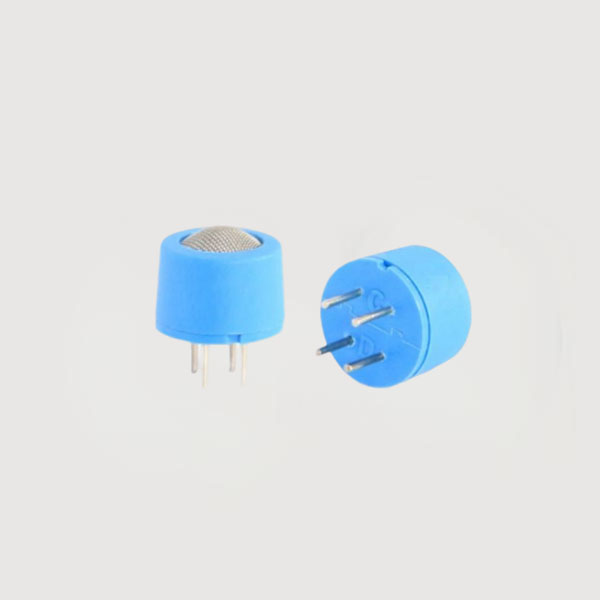

 News
News Industry News
Industry NewsThe catering industry represents the vibrant atmosphere of urban life, but its prosperity also hides hidden safety risks. Kitchens are prone to fires and explosions, with the core risk arising from fuel leaks (such as natural gas and liquefied petroleum gas). Once flammable gases accumulate to a certain concentration within a confined space, contact with open flames or sparks can cause catastrophic accidents.
Against this backdrop, catalytic combustion gas sensors, as a mature and reliable technology, have become the "guardian" of combustible gas alarms in the catering industry, providing a solid guarantee for kitchen safety in countless restaurants, hotels, and cafeterias.
The core function of a combustible gas alarm device is real-time monitoring and alarming of combustible gas leaks. The quality of the gas sensor used directly impacts its overall performance. When selecting a combustible gas sensor for industrial and commercial use, the following factors should generally be considered:
1. Detected gas type. Compared to a home environment, the potential gas profile in places like restaurants is more complex, potentially containing methane, propane, carbon monoxide, hydrogen, and other gases. Understanding potential combustible gases helps select the appropriate sensor and determine the required detection range and sensitivity.
2. Measurement range and accuracy. Different sensors have different measurement ranges and accuracies. When selecting a combustible gas sensor, the required measurement range and accuracy should be determined based on the actual application scenario to ensure the sensor can accurately measure combustible gas concentrations.
3. Response time. Response time refers to the time it takes for the sensor's output to reach a specified percentage (generally 70% or 90%—T70/T90) of its stable value following a step change in gas concentration. It is crucial for timely detection and response to combustible gas leaks.
4. Reliability and stability. Sensor reliability and stability are crucial to ensuring long-term, accurate detection. Select sensors that meet national standards and are reliable, ensuring stable operation under a variety of environmental conditions.
Catalytic combustion gas sensors can be used in alarms used in the catering industry to monitor leaks of flammable gases such as natural gas, liquefied petroleum gas, and coal gas.
Catalytic combustion gas sensors utilize the thermal effect of catalytic combustion. They consist of a paired detection element and compensation element to form a measuring bridge. Under certain temperature conditions, combustible gas undergoes flameless combustion on the surface of the detection element carrier and under the action of the catalyst. This increases the carrier temperature, and the resistance of the platinum wire within it also increases, causing the bridge to become unbalanced, outputting an electrical signal proportional to the concentration of the combustible gas.

ZC25C-1 Catalytic Combustion Gas Sensor
| Product model | ZC25C-1 |
| Product type | Catalytic Combustion Gas Sensor |
| Standard package | Plastic packaging |
| Working voltage(V) | 2.5±0.1 |
| Working current(mA) | 150±10 |
| Sensitivity(mV) | 1% Methane: 20-50 1% Propane: 30-70 |
| Linearity | ≤5% |
| Measuring range(%LEL) | 0-100 |
| Response time(90%) | ≤10S |
| Recovery time(90%) | ≤30S |
| Usage environment | -40℃~+70℃, Lower than 95%RH |
| Storage environment | -20℃~+70℃ ,Lower than 95%RH |
| Life | 5 years |
Catalytic combustion gas sensors, with their superior performance and economical cost, play an indispensable role in the field of combustible gas safety monitoring in the catering industry. They are key technical equipment for catering companies to fulfill their primary responsibility for production safety, protect the lives and property of employees and customers, and achieve sustainable development. The correct selection, installation, and regular maintenance of an alarm system based on this technology is a crucial "safety belt" for every catering operator to tie on "firework gas."